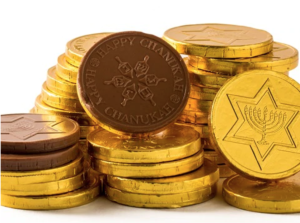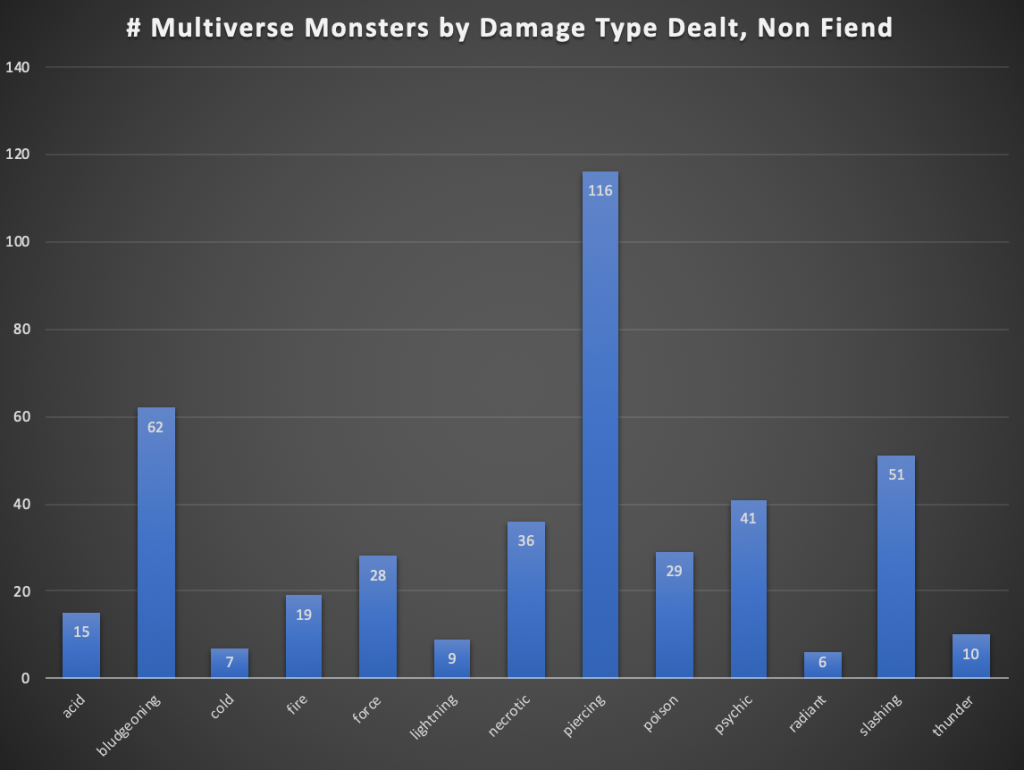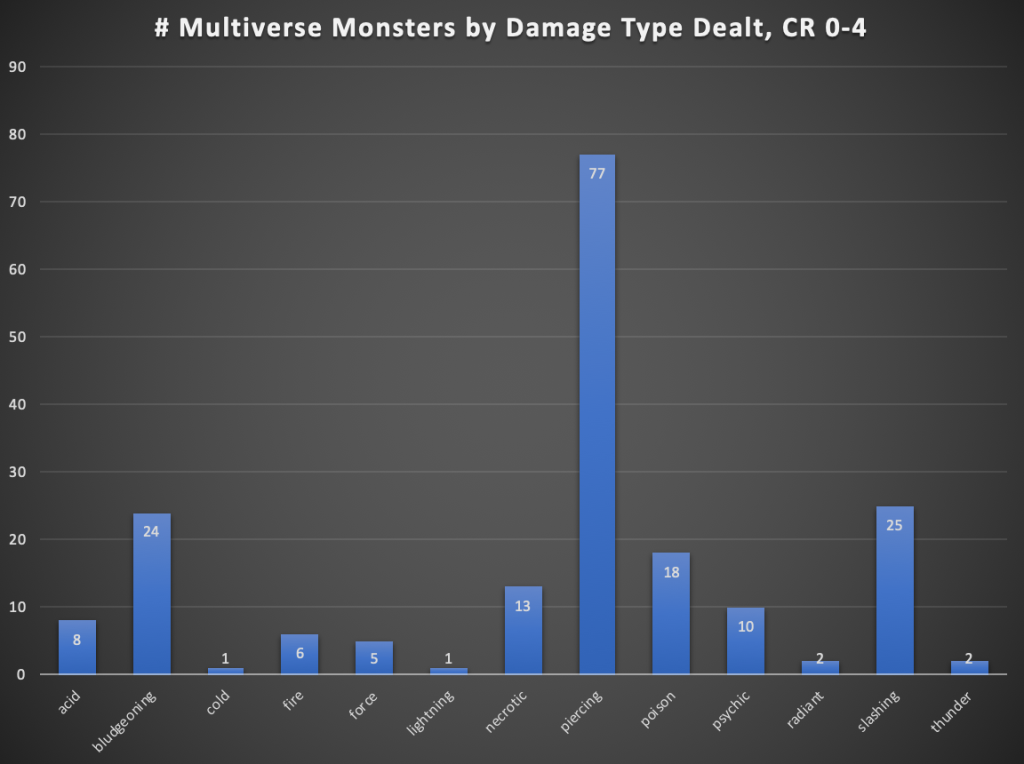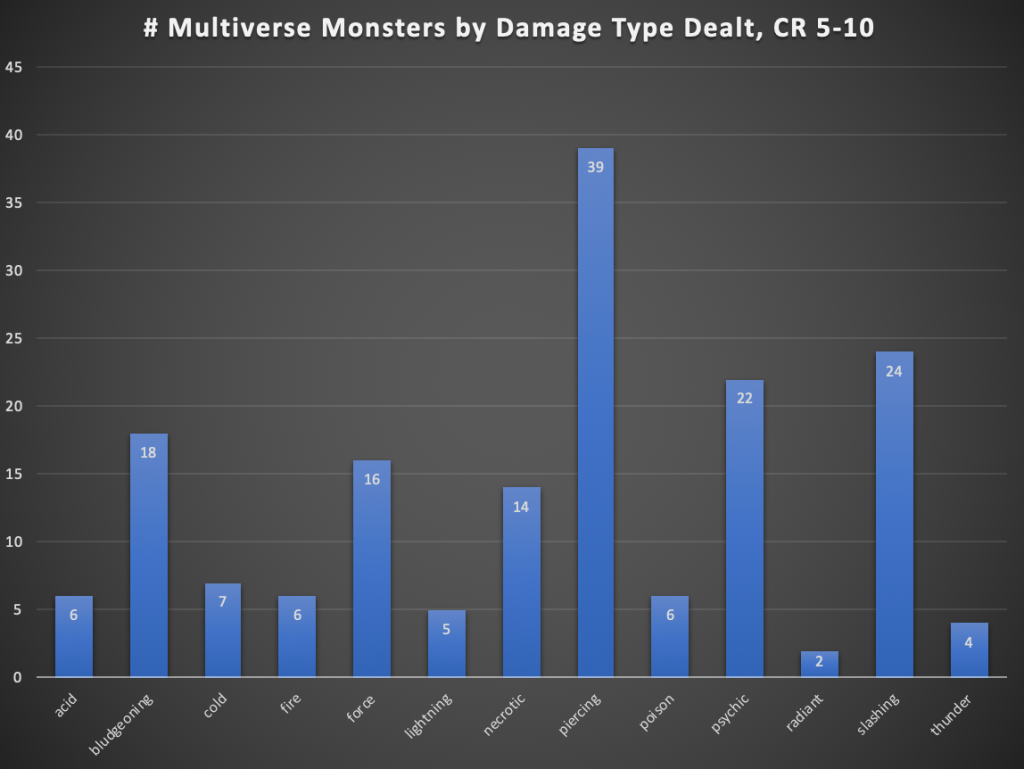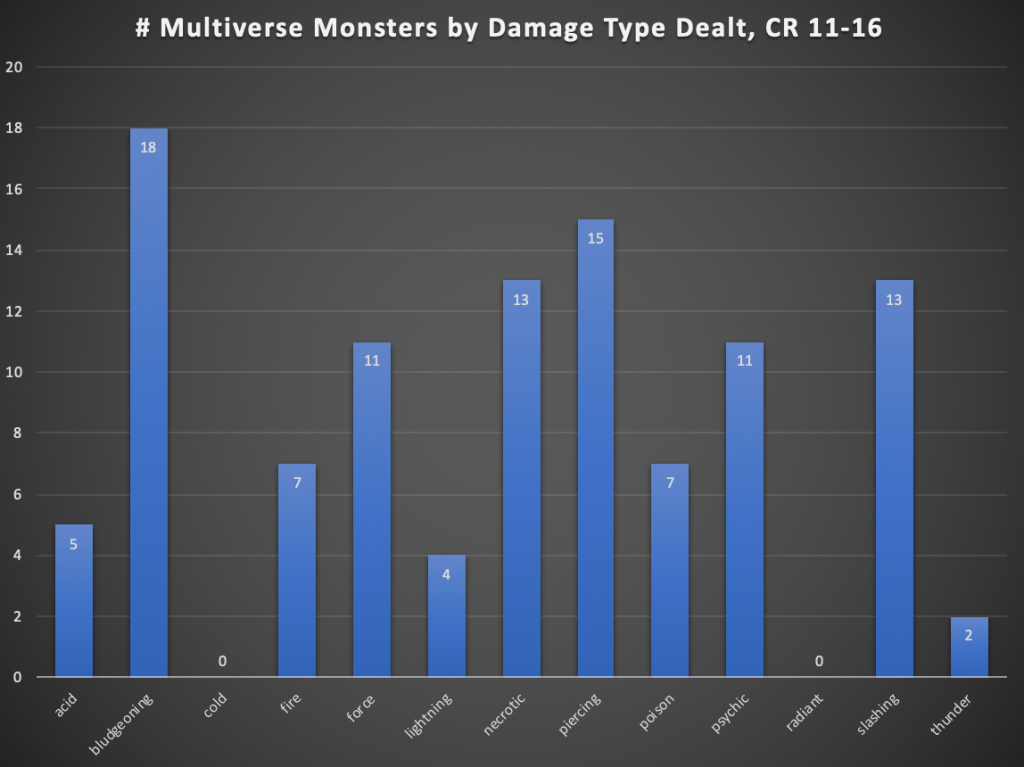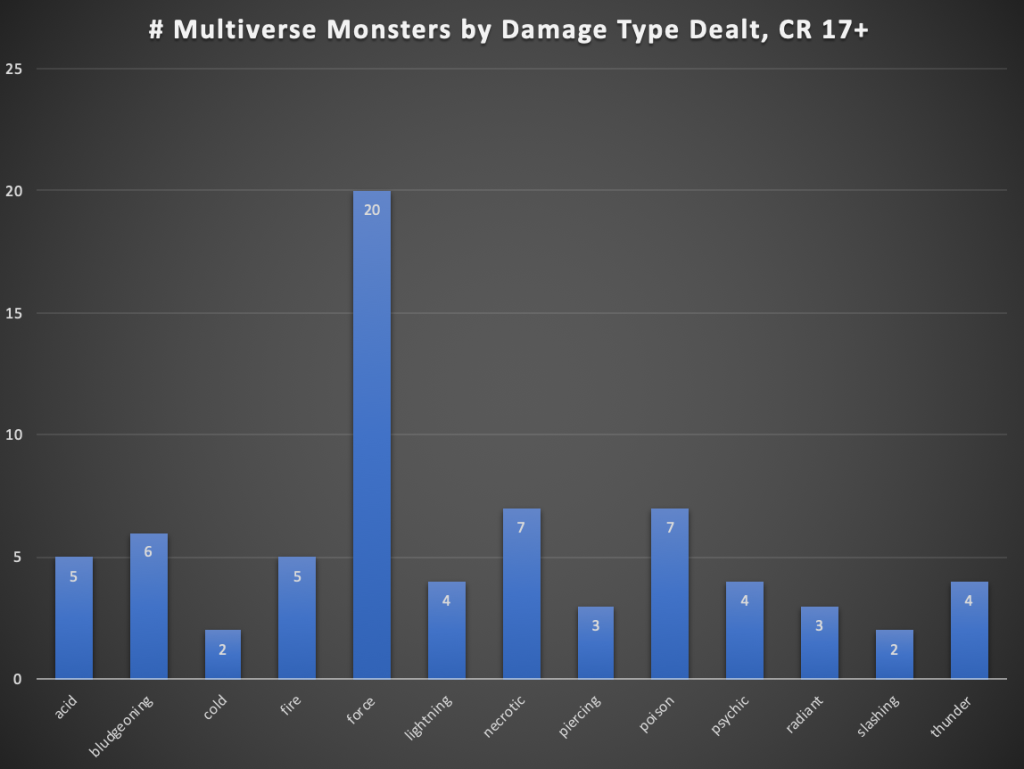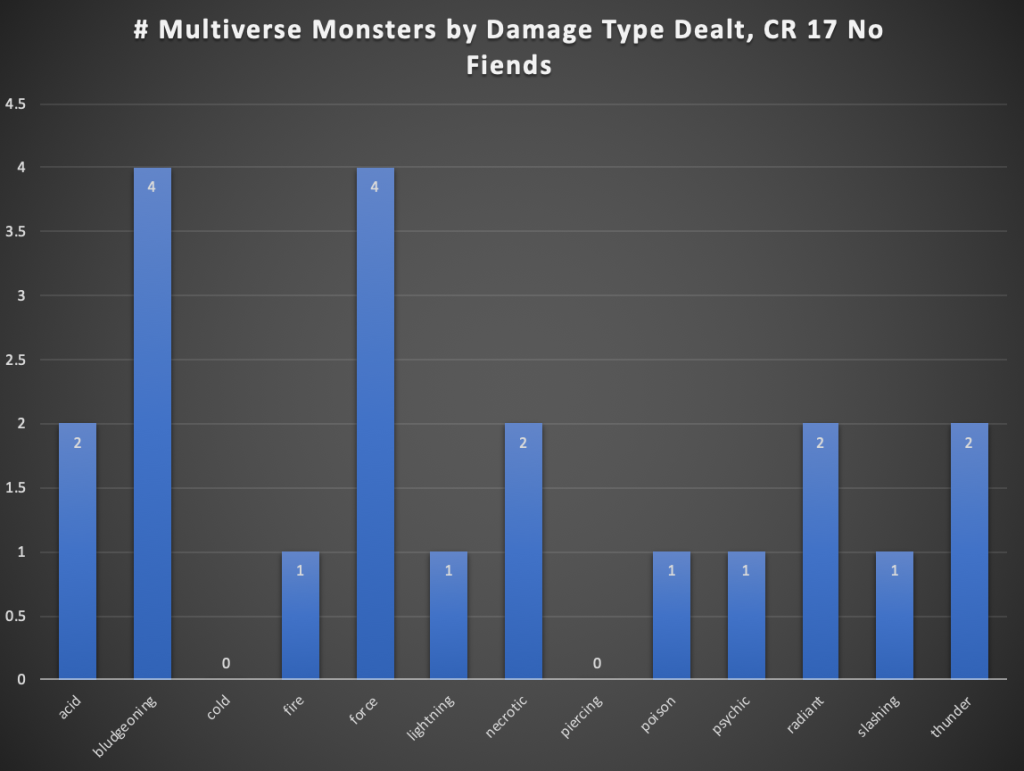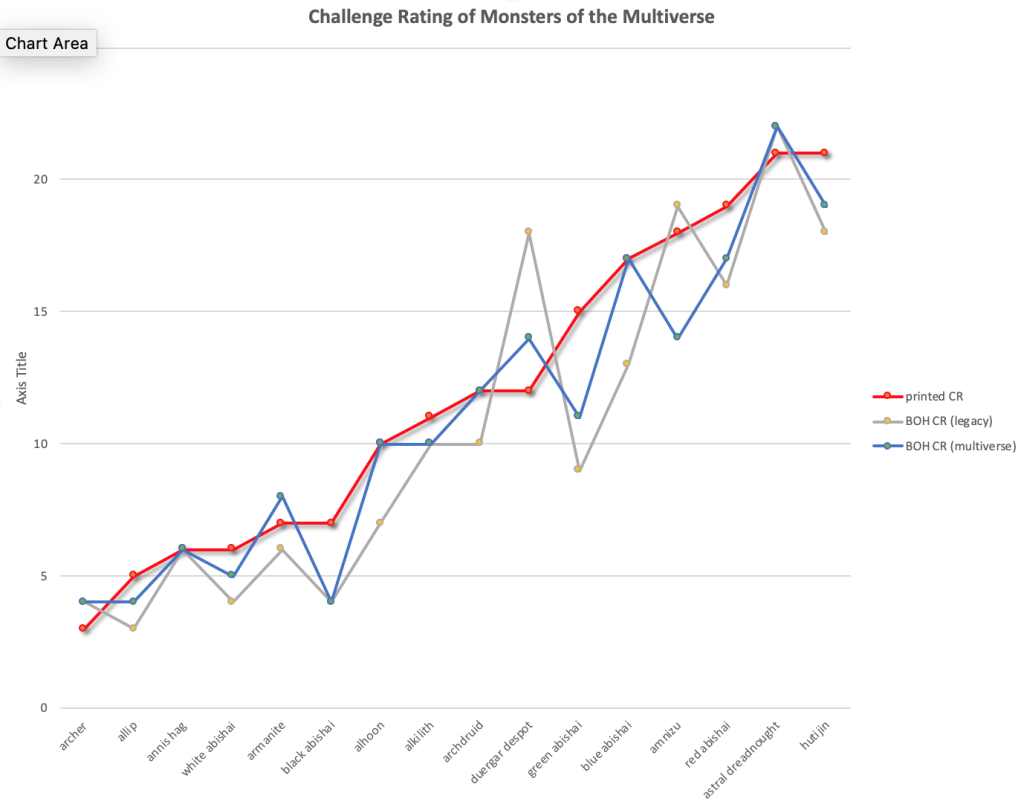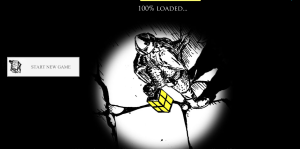D&D 6th edition (or One D&D) (or 5.5?) is a go! You can get the first playtest packet here.
 Although the packet ranges over races and feats and more, while reading the packet, I laser focused on one thing: the new grappling rules. Partly because I’m not that interested in dnd races and partly because, as a frequent DM and monster designer, grappling is one of the rulesets that I’ll actually need to know. Plus grappling is one of the areas in the playtest packet with lots of sneaky changes from 5e.
Although the packet ranges over races and feats and more, while reading the packet, I laser focused on one thing: the new grappling rules. Partly because I’m not that interested in dnd races and partly because, as a frequent DM and monster designer, grappling is one of the rulesets that I’ll actually need to know. Plus grappling is one of the areas in the playtest packet with lots of sneaky changes from 5e.
For old-school players, grappling is a bit of a joke, synonymous with “needless complexity.” If a 1st edition or 3rd edition fighter player announces he is grappling a monster, everyone at the table groans. Every D&D edition reinvents grappling, trying to fix the broken or inadequate design of the last. 6e continues that trend.
Designing grapple rules is tough! For one thing, most people have a good visceral idea of how unarmed combat works, so you need to stay somewhat true to reality. For another thing, grappling is something you can do any time you want – in 4e parlance, it’s an at-will power. You can’t declare that people can grapple only x times per long rest. That means it needs to be perfectly balanced with melee attacks. You can’t make it weak or it will never get used (or only get used as part of an annoying specialized character build using special feats). You can’t make it too strong or all the melee classes will use it every turn, which changes D&D combat in a bonkers way.
In my opinion, grapple is a bit on the weak side in 5e, without the addition of special character abilities to back it up. In 6e, have they hit the mark? I’m not sure without more playtesting, but I’m leaning towards “this looks pretty fun.”
The 5e Rules
In 5e, you initiate a grapple by making a Str (Athlethics) check contested by the target’s Str (Athletics) or Dex (Acrobatics) check. Then, to escape, a creature must use its action to repeat this contest. That means that, especially at high levels where proficiency bonuses get high, a grappler who is trained in Athletics is at a huge advantage against someone who is untrained. Most monster are never going to escape from a creature with proficiency (or god forbid expertise) in athletics. They’d be dumb to even try, since it uses up their action to do so. HOWEVER, being grappled doesn’t really do much on its own, except stop a creature from moving away from their grappler.
The 6e Rules
In 6e, everything about grappling has changed! It’s now an attack roll just like any other: an unarmed melee attack, with proficiency bonus, against a monster’s AC. On a hit, the monster is grappled.
The effect of grappling has changed too. It used to just restrict movement. Now a grappled creature makes all attacks with disadvantage, EXCEPT those against their grappler. Grappling now has a huge effect compared to 5e, where being grappled was really not a big deal. It’s very reminiscent of the 4th Edition fighter’s Mark ability, which incentivized monsters to attack the fighter.
At first blush, this seems too powerful. A fighter or monk with a super high Armor Class can grapple a creature and then tank very effectively, putting a serious debuff on the enemy while using their high AC to avoid the monster’s attacks. Imagine locking down a legendary monster or other boss this way! Since you can grapple a creature one size larger, a Medium fighter can grapple some pretty big adversaries.
However, this big boost to grapple comes with a big nerf. Whereas in 5e you had to use up your action to try to escape, in 6e it’s now something that you can do automatically at the end of your turn, after taking your normal actions. And it’s a Str or Dex saving throw instead of an opposed check. That’s a big advantage to the grappled creature. They don’t need to waste their turn to escape a grapple, AND more creatures (and characters?) have a Str or Dex saving throw proficiency than are trained in Athletics or Acrobatics. AND, since it’s a saving throw, legendary creatures can succeed automatically using legendary resistance (assuming legendary resistance is unchanged in 6e.)
Taken all in all, it’s an interesting change. Grapple is faster and easier to use (just an attack roll instead of a fairly complicated opposed roll that’s unlike the rest of D&D’s combat rules). Its bite is worse: at the least, it probably means a turn of attacks with disadvantage. And it’s harder to lock someone into a permanent grapple, so it seems less abusable.
Of course, the devil is in the details. Will other abilities built on top of it – like monk abilities – make it too powerful? We’ll see.
Of interest to fans of grappling: the playtest packet also includes the Tavern Brawler feat, which we should check for grappling synergy. Nope, nothing there that breaks grappling wide open. Tavern Brawler has two features about punching, one about shoving, and one about using furniture as weapons. We’ll have to wait to see if there’s an updated Grappler feat.
When should I grapple?
Assuming I’m a tanky character with high HP and/or AC, when should I grapple? Always? Sometimes? Never?
It seems to depend on your level and number of opponents. At level one, you’re giving up your only attack, so the reward (shutting down one enemy’s movement and nerfing their attacks for at least one turn) better be worth it. You only want to do this if you’re fighting a single opponent, or a boss monster that makes up most of the combat’s threat. You’re not going to want to give up your turn to grapple one of three identical goblins.
At high level, grappling looks more and more attractive. If you’re a fighter or monk with three or more per turn, you’re only giving up 1/3 or less of your damage output in exchange for shutting down an enemy. (And grappling is specifically written as part of the Unarmed Strike rules, making me think you’ll be able to do it as part of a Flurry of Blows.) As long as you can find a boss foe that’s small enough to grapple, it becomes a better and better deal. It might even be worth doing against a non-boss foe: it’s probably worth a single one of your attacks to basically remove an enemy from the fight, especially if you have driven your AC to astronomical heights (pretty easy at high level). Added to that, your grapple might become more and more effective as you gain levels. Your proficiency bonus keeps climbing as you gain levels, and monsters that aren’t proficient in Dex or Str saves are going to have a difficult time escaping you.
So that’s a worry. Grapple looks fun and fairly balanced at low level, but will it become a no-brainer at high level?
One more question: Can multiple creatures grapple you at once? I have this question in 5e too actually, but it becomes more important in 6e where grappling has more of a mechanical effect.
A fighter faces a horde of goblins. They try to pin him down with weight of numbers, using multiple grapples. Once a goblin has grappled the fighter, can a second goblin do so? If so, against whom does the fighter have disadvantage: everyone? Everyone but the two grappling goblins?
Not sure of the answers to these questions, but I’m excited for a playtest.
EDIT: For completeness (in case you thought this post wasn’t a complete enough discussion of like five sentences in a playtest packet), someone pointed out that, since grappling (and pushing) are attack rolls, they can be used for opportunity attacks. This is a huge upgrade for tanks and defenders who want to defend their friends, specifically for multiattackers like fighters, rangers, and barbarians. (It’s an upgrade for monks too, though not as big because they could already use Stunning Strike on an opportunity attack.)
For high-level multiattackers who divide their damage among several attacks, getting a single extra hit from opportunity attack really doesn’t change the battle equation much. HOWEVER, stopping a creature’s movement does! It’s really what you want out of an opportunity attack. And now you have two options to stop an escaping monster’s movement (or escaping player if you’re a sadistic DM).
-You can grapple the foe, completely shutting down their movement as well as giving them disadvantage on attacks. However, since this attack probably takes place during the target’s turn, and they make a save vs grapple at the end of their turn, the grapple may only last for a fraction of a turn.
-You can knock them prone. They can then stand up, but it uses up half their movement so they won’t be able to get far. And if they’ve already used up half their movement, then they can’t get up from prone until their next turn, which means that everyone makes attacks on them with advantage and they make attacks with disadvantage for one full round – which is pretty much game over for nearly any monster. If a monster has used up half of its movement already, knocking a creature prone is an incredibly powerful play.
As a side note, I’m on board with the grapple on an attack roll, but I don’t love the rule that you can knock down a monster with just an attack roll. In the 5e Monster Manual, an ogre has an ac 11. An ettin has an ac 12. Both are incredibly easy to hit, which means they’re now incredibly easy to topple over, even though they’re big strong meaty enemies. In the 6e MM, maybe both monsters will have higher AC to account for the knockdown rule, but that means that this rule is distorting monster stats to prevent this kind of exploit. I’m fine with grappling as an attack roll, since you can use a Str save to escape a grapple; but the current push rule doesn’t make any use of the defender’s strength, so the mechanics don’t match the story.



